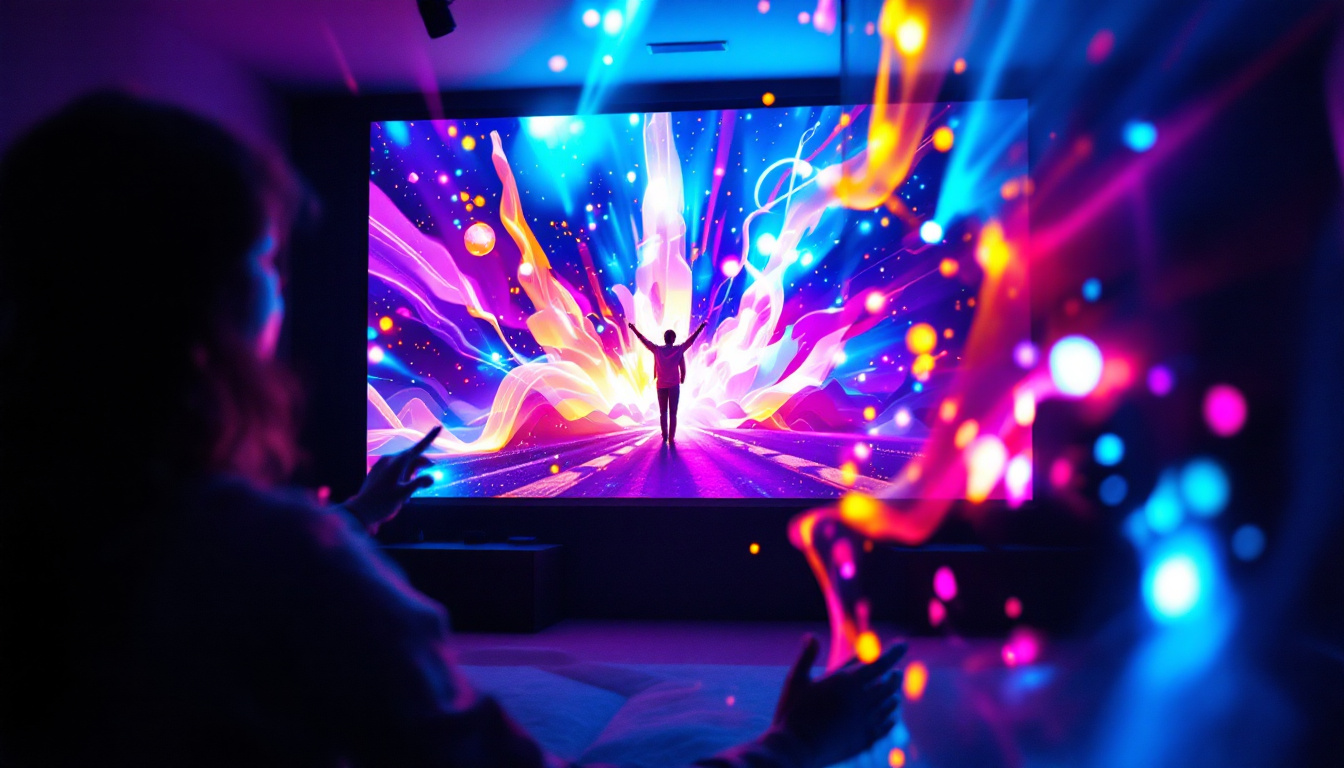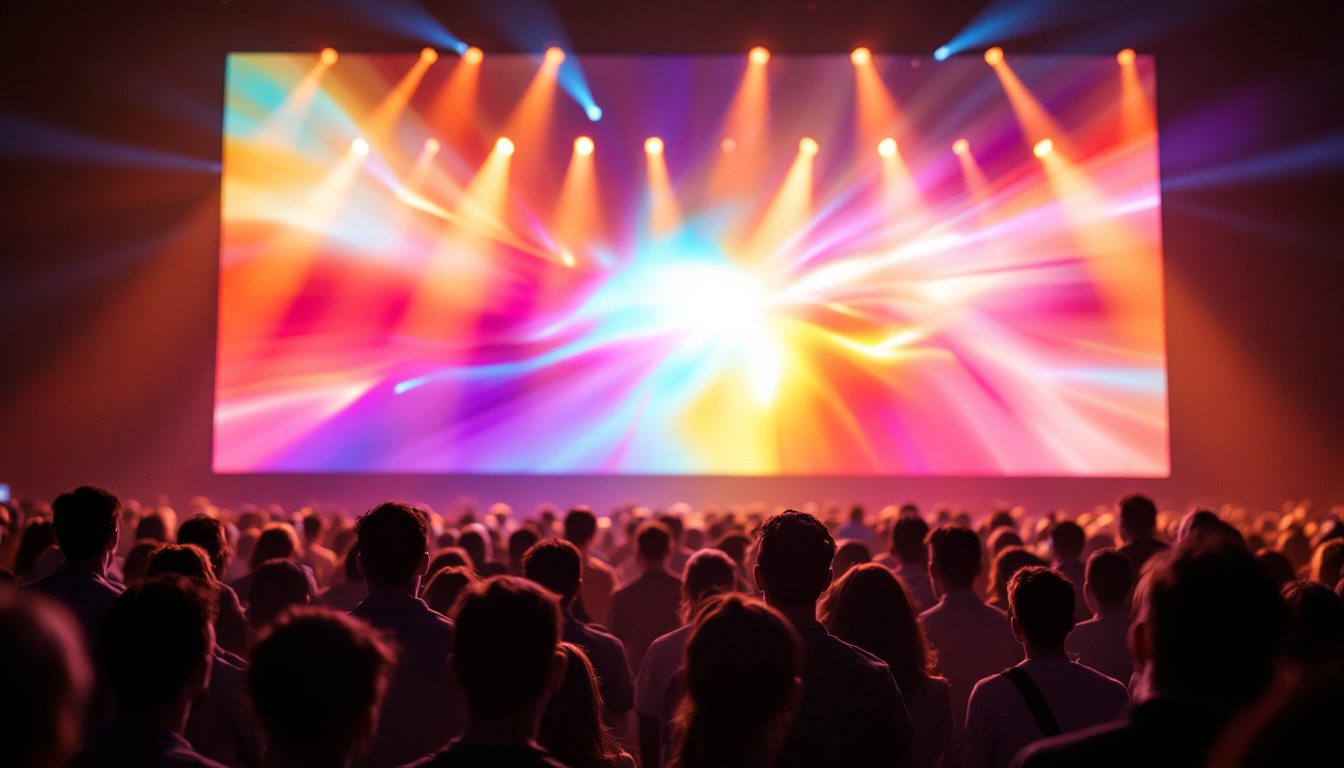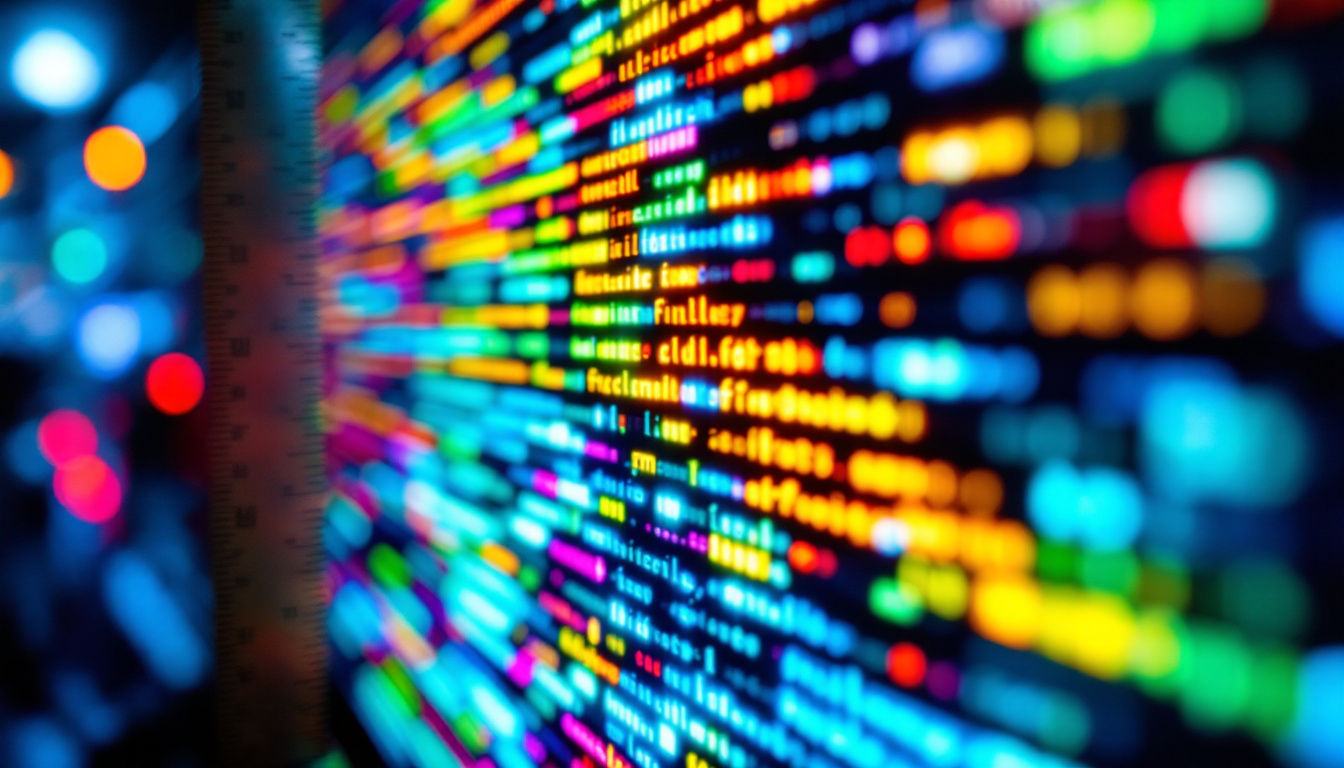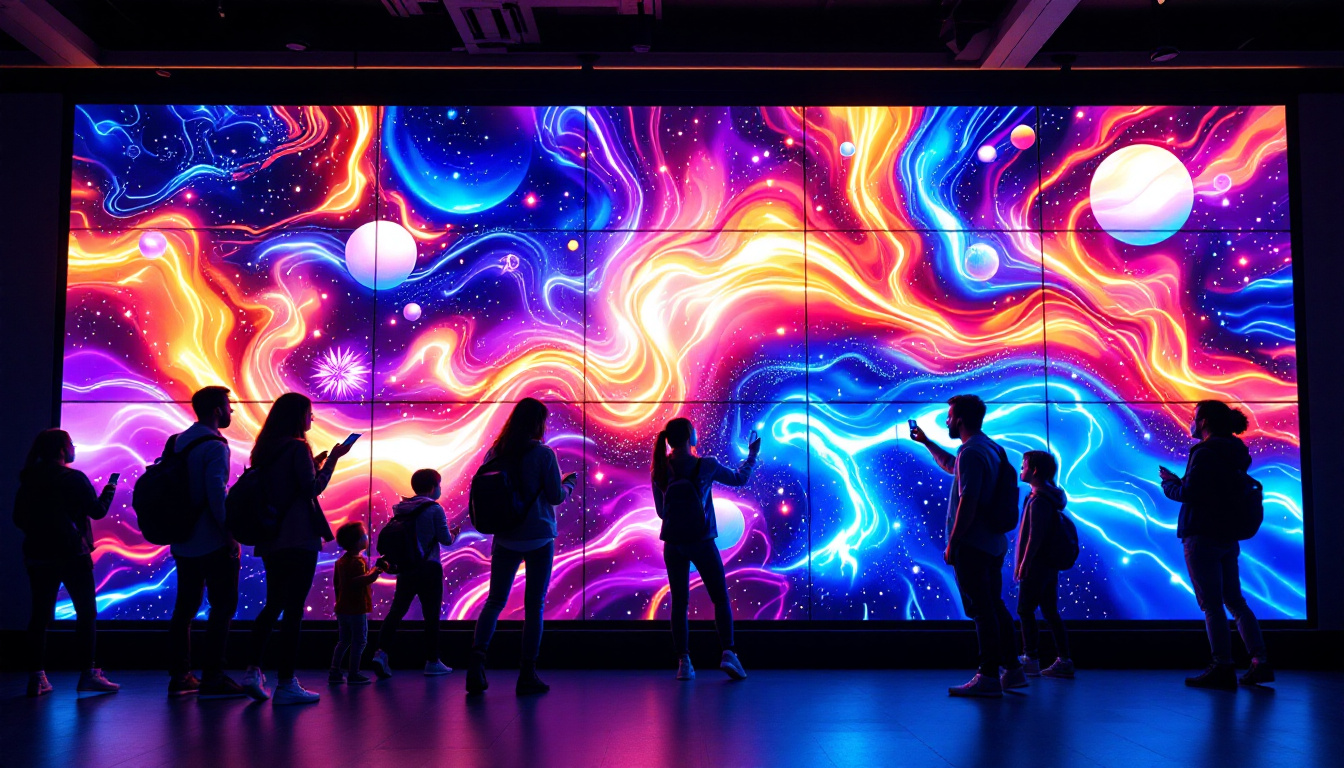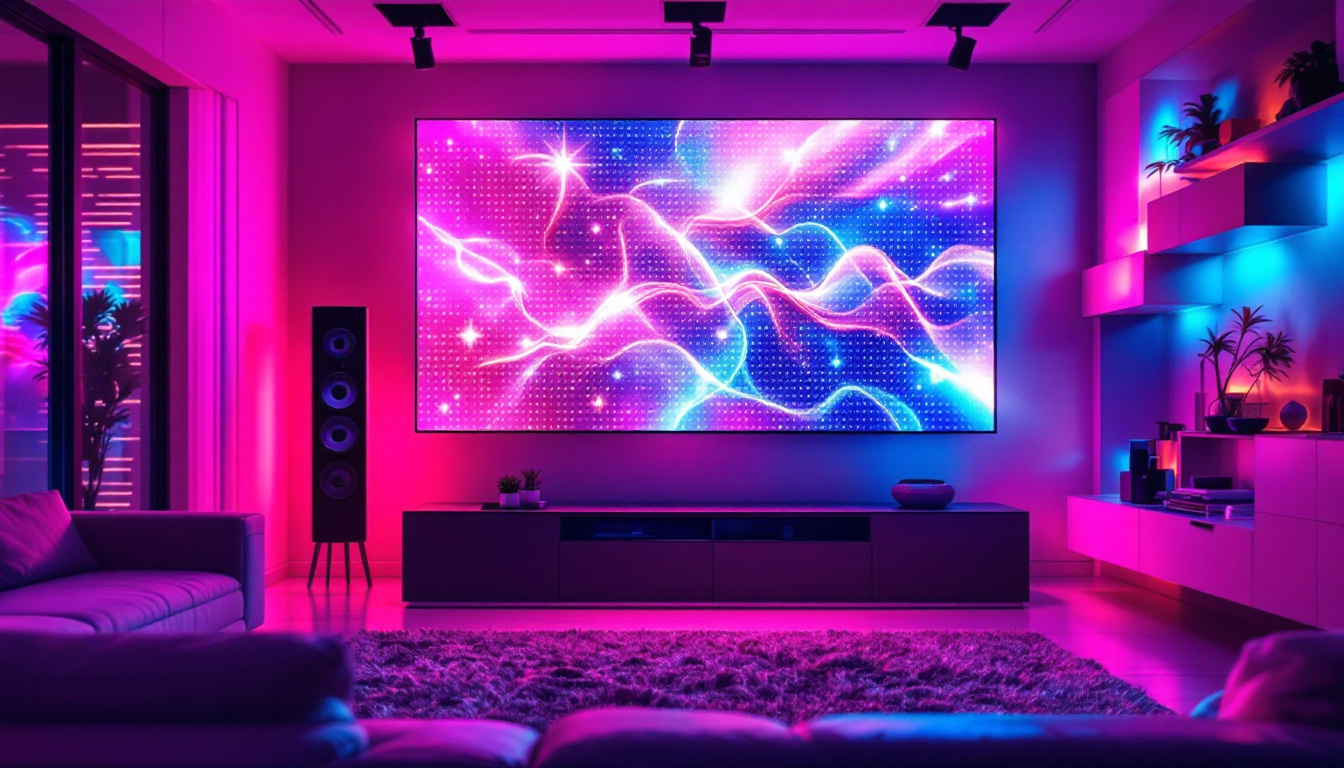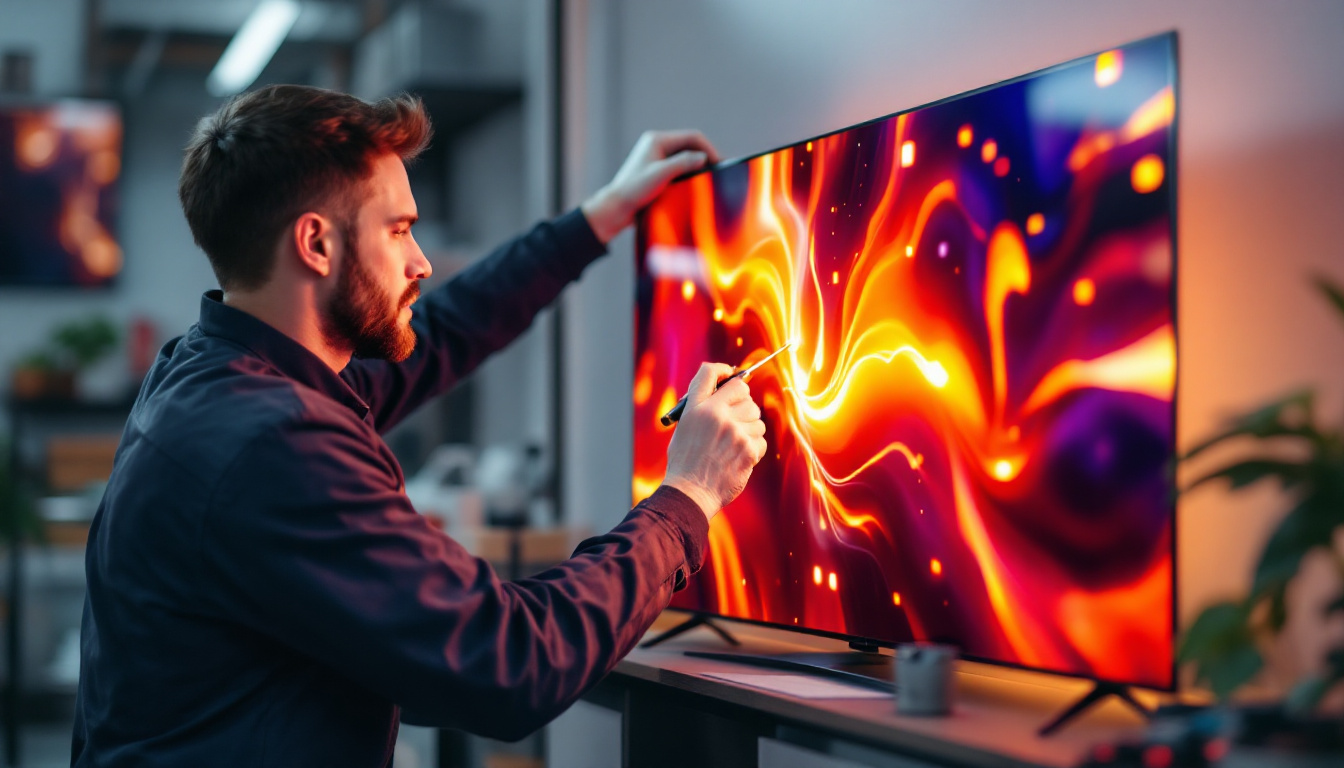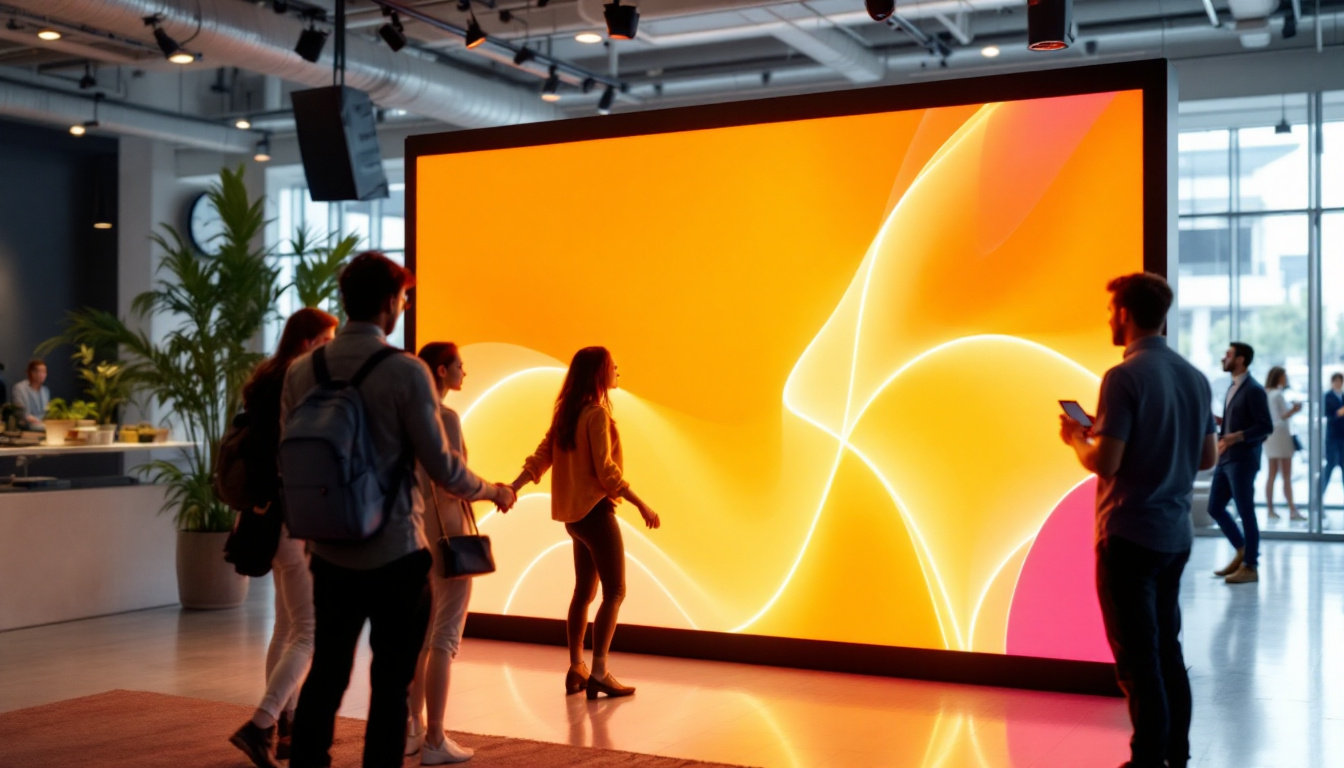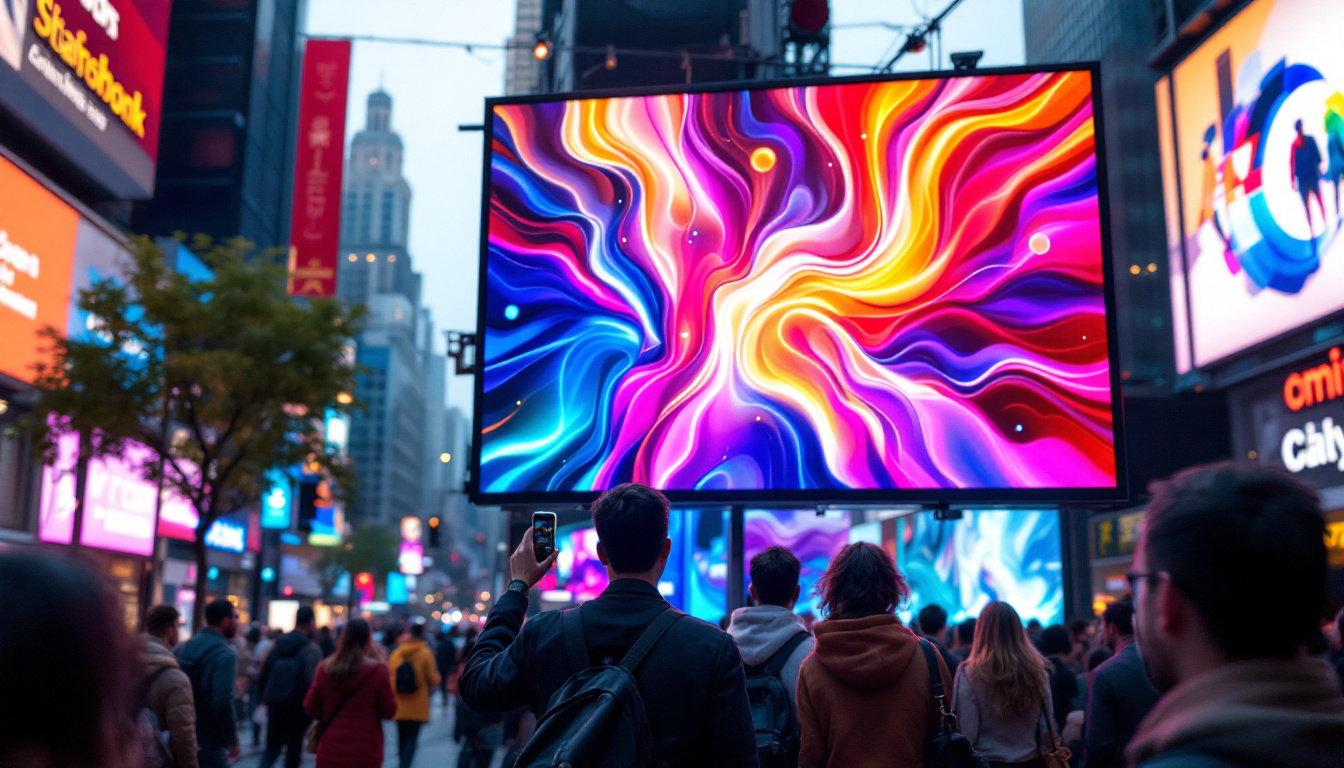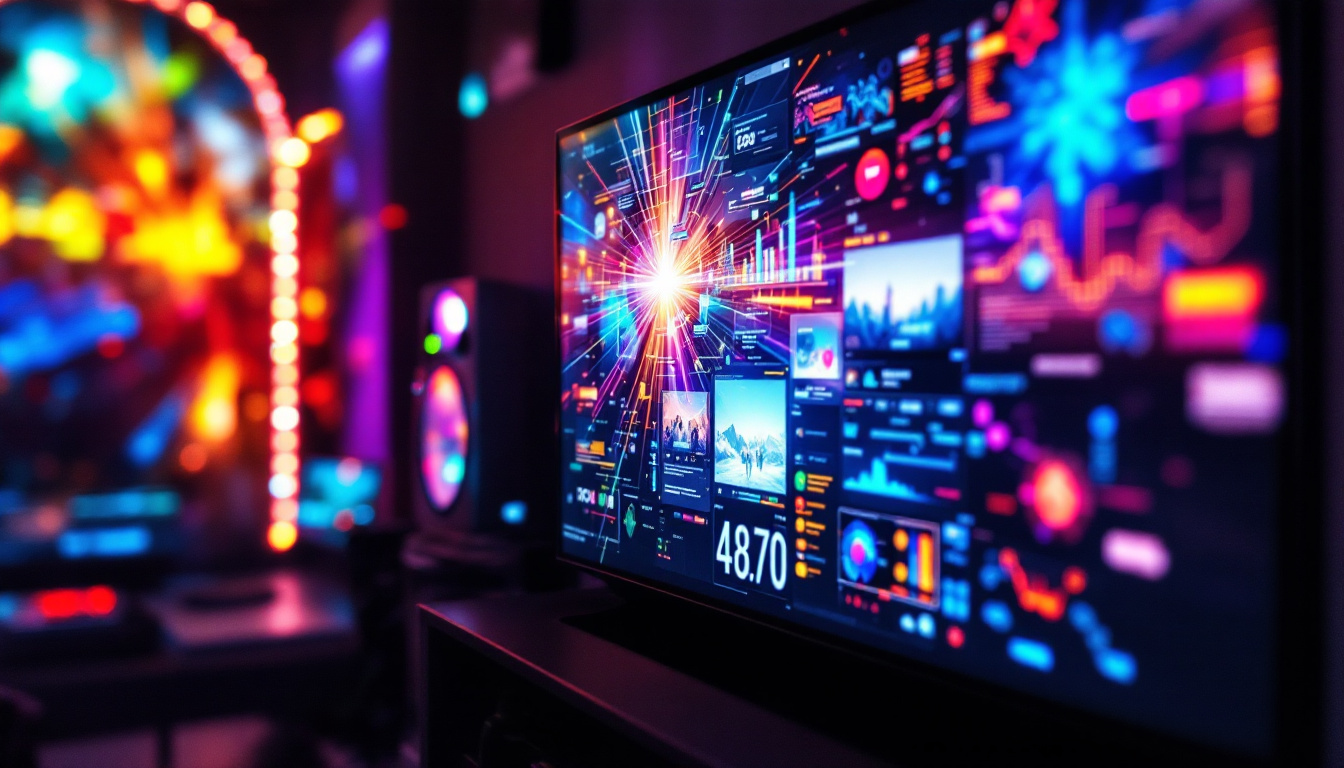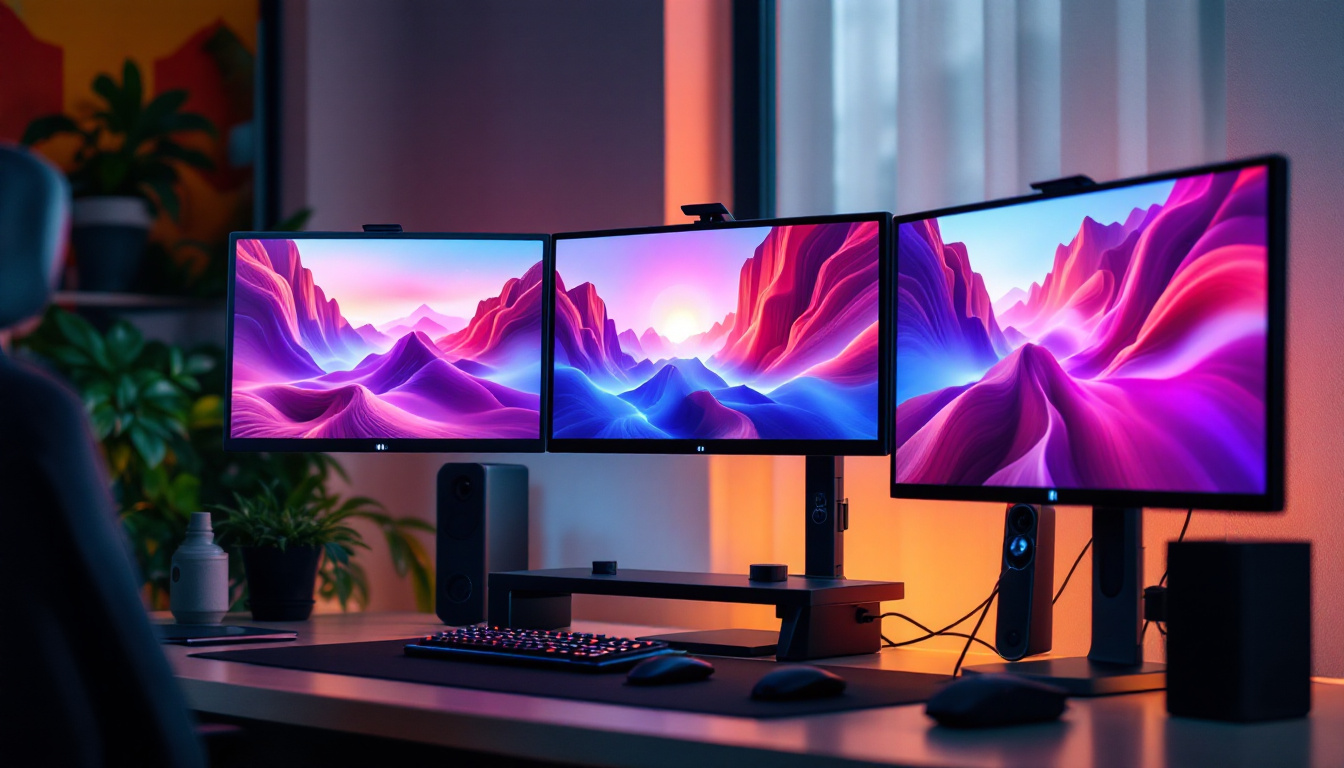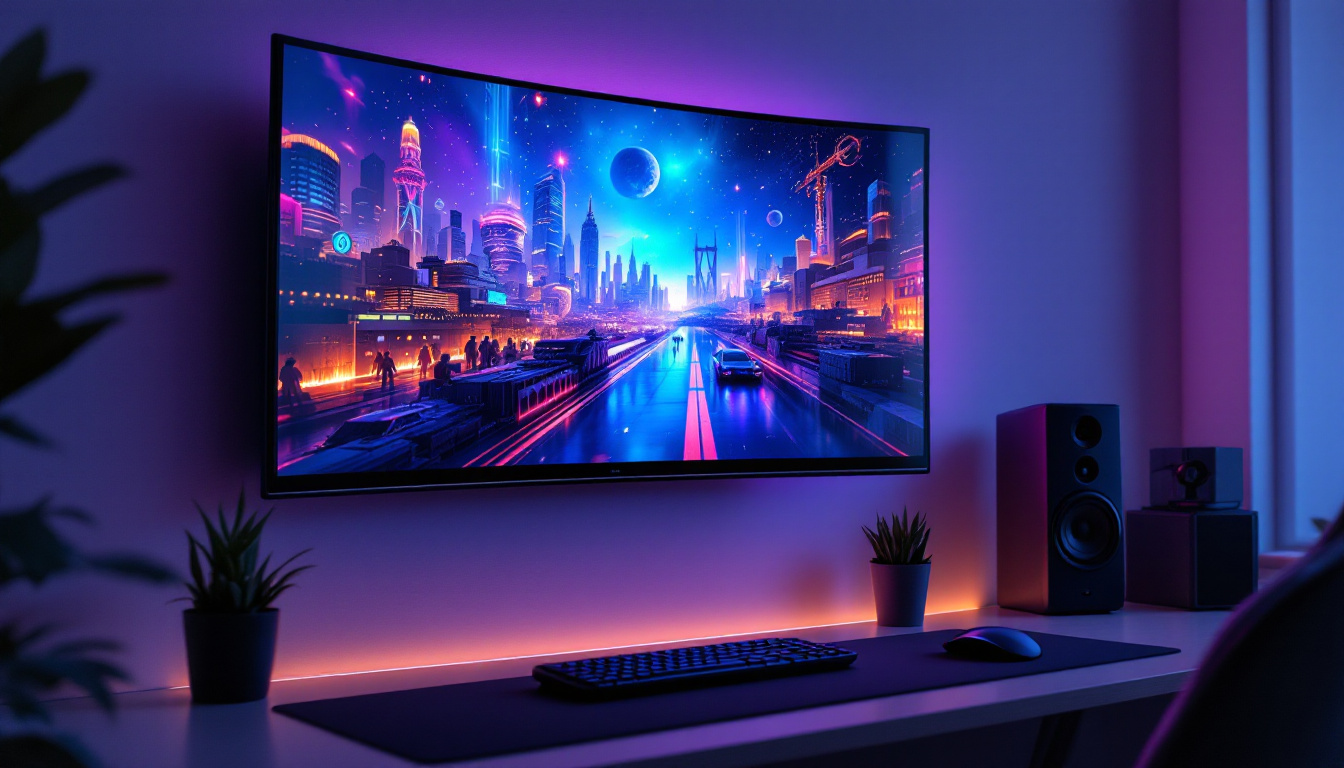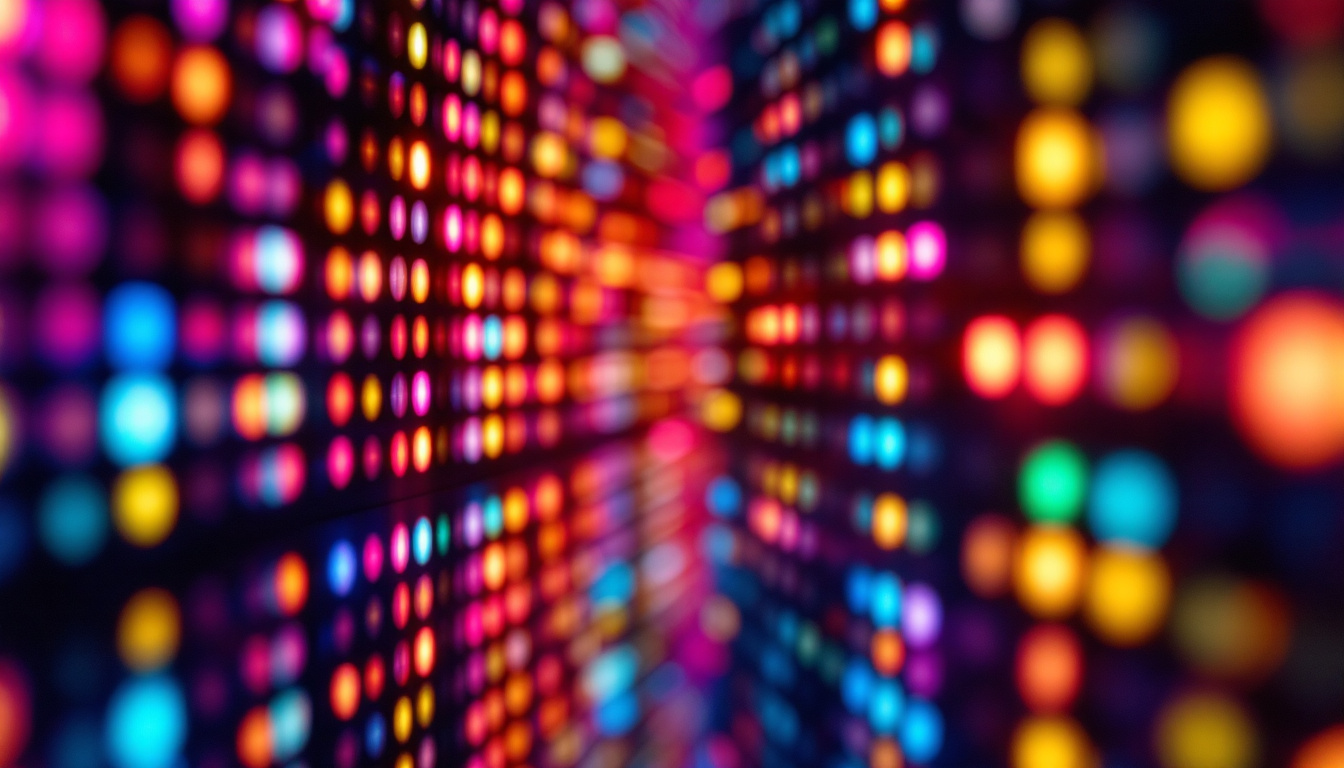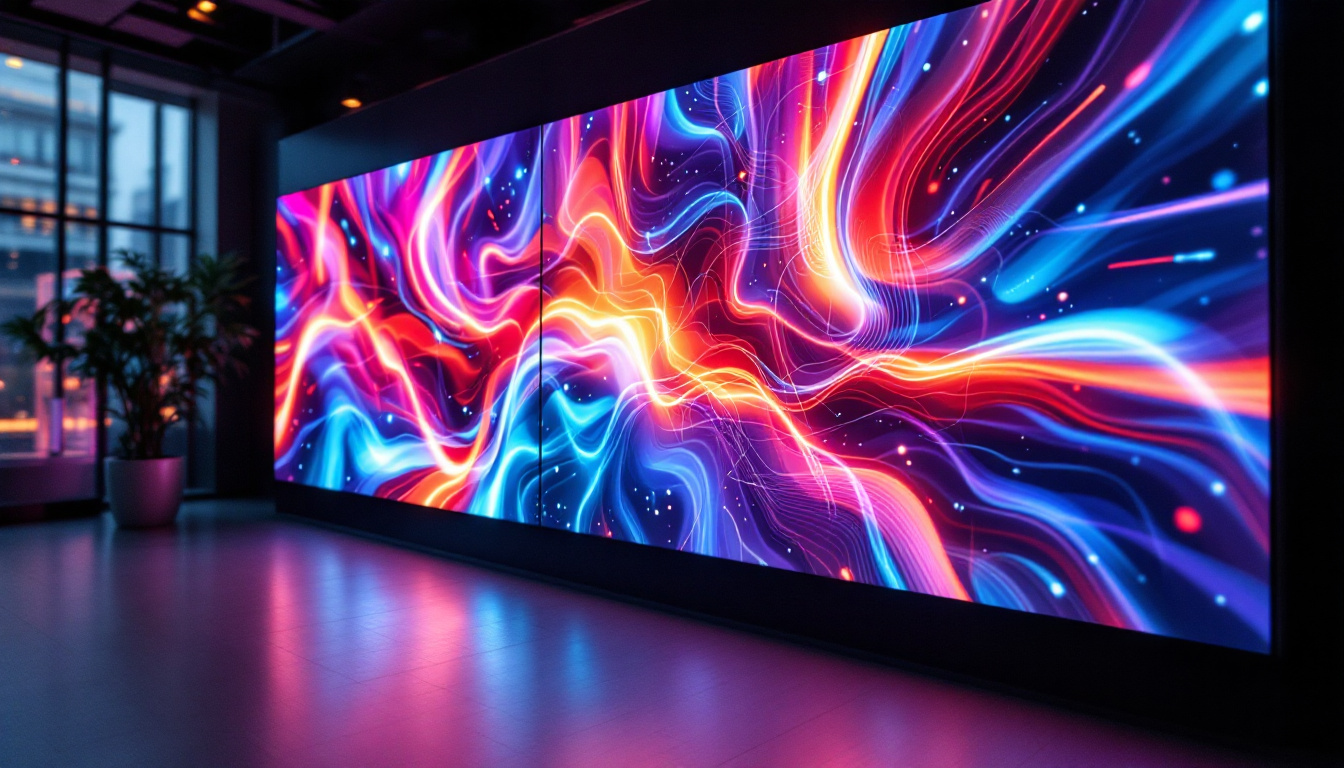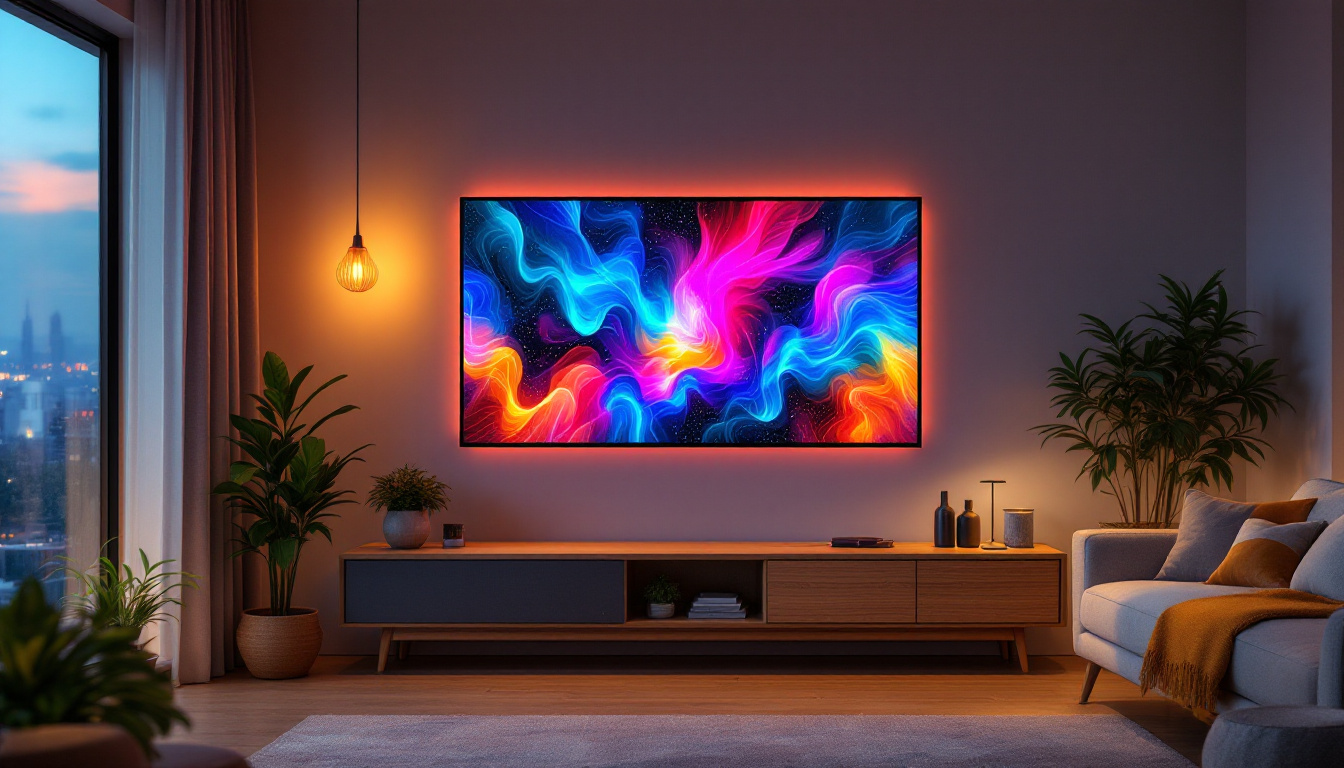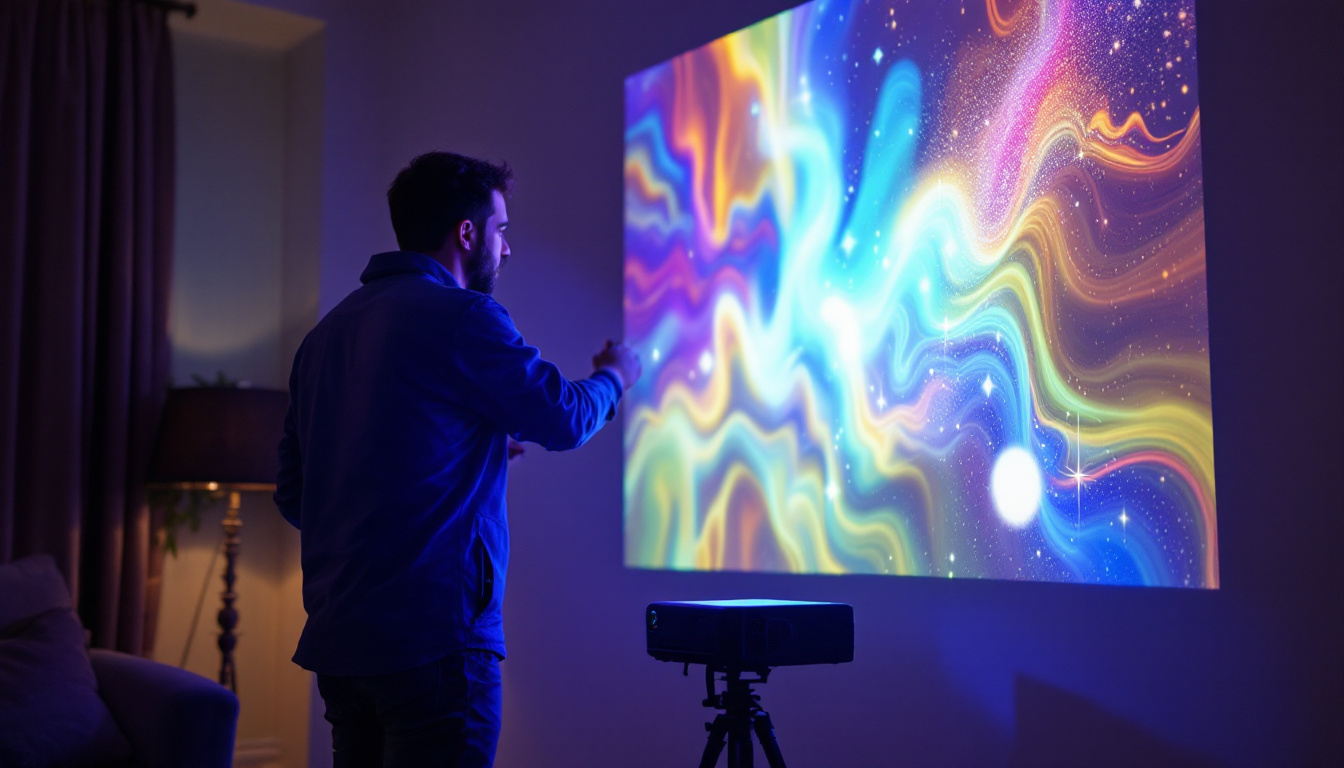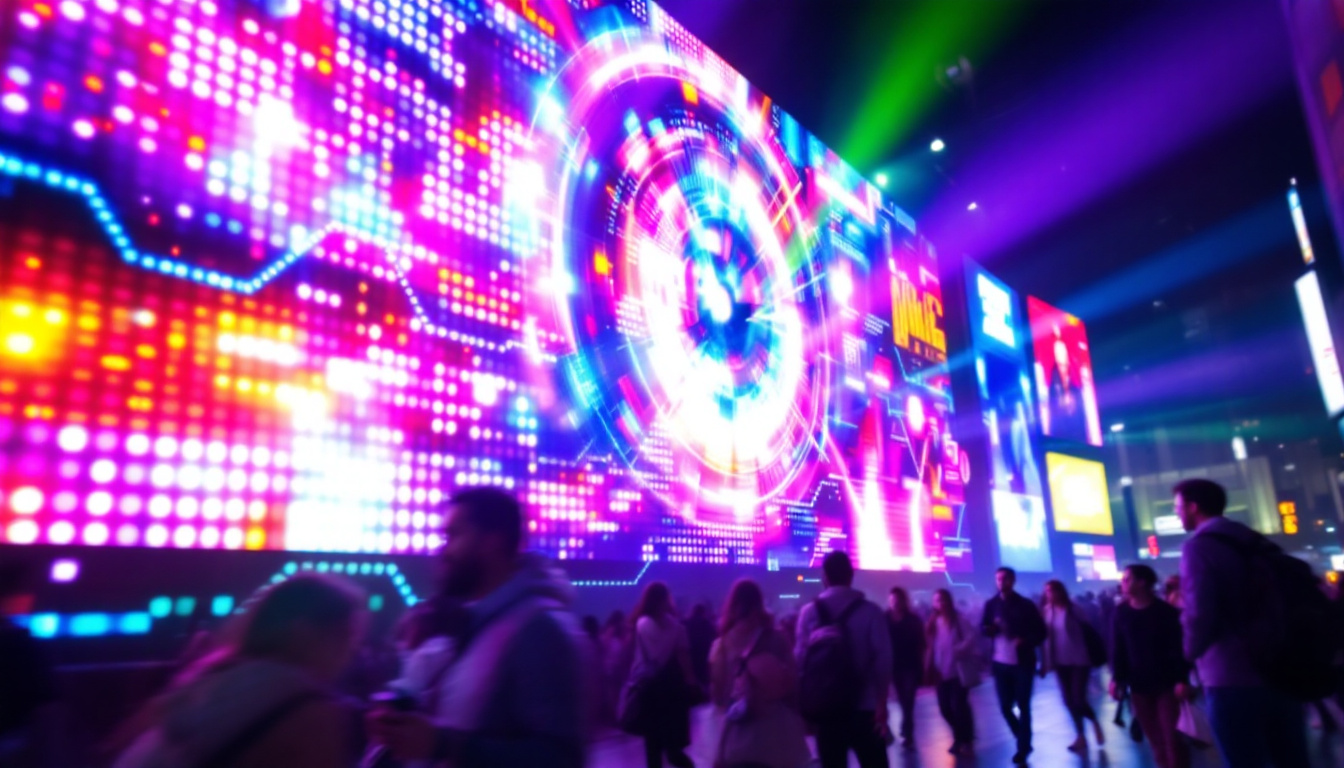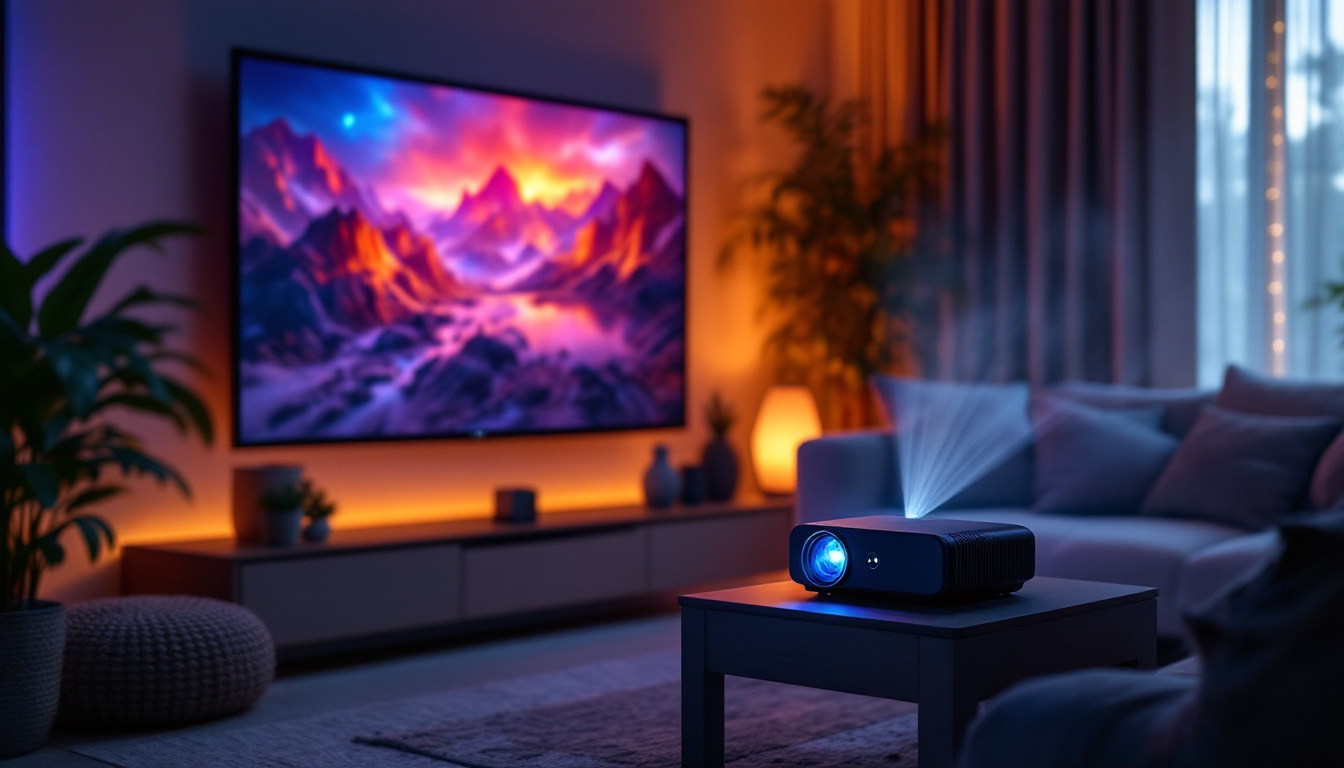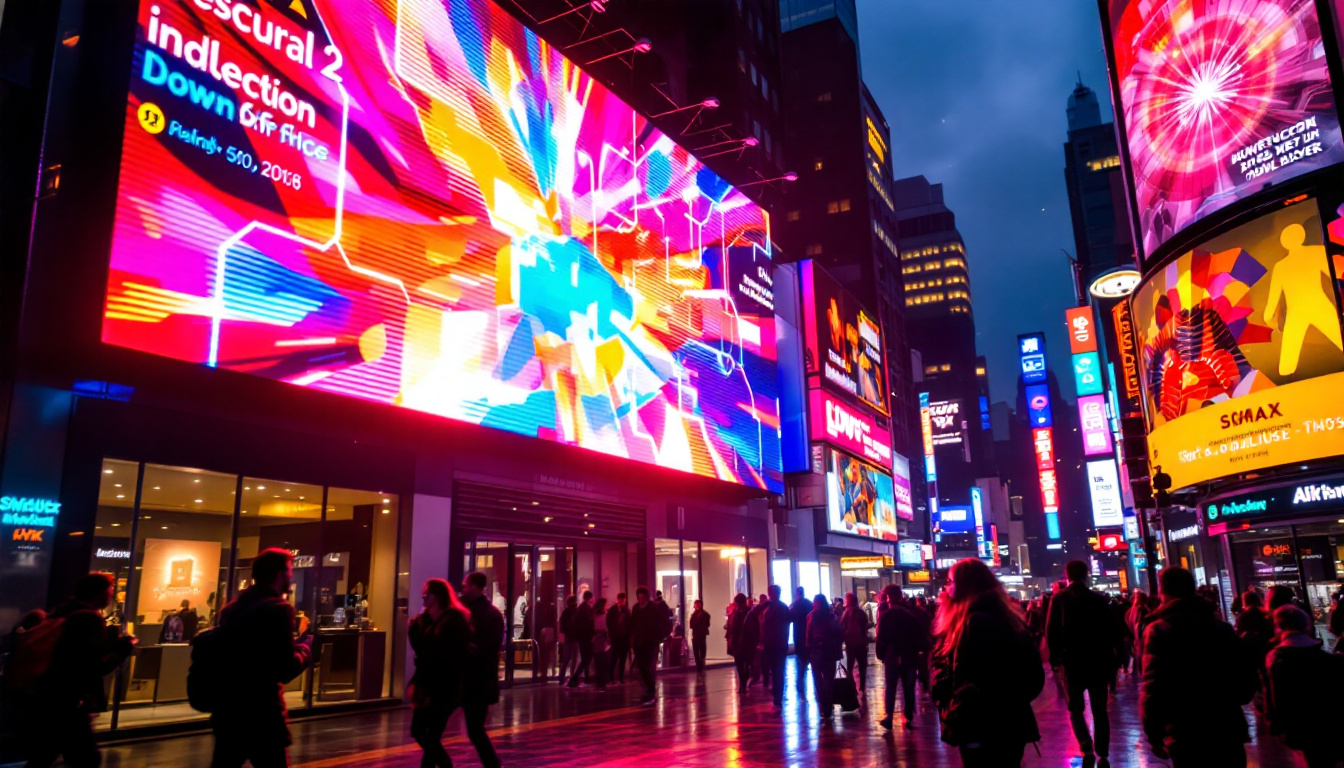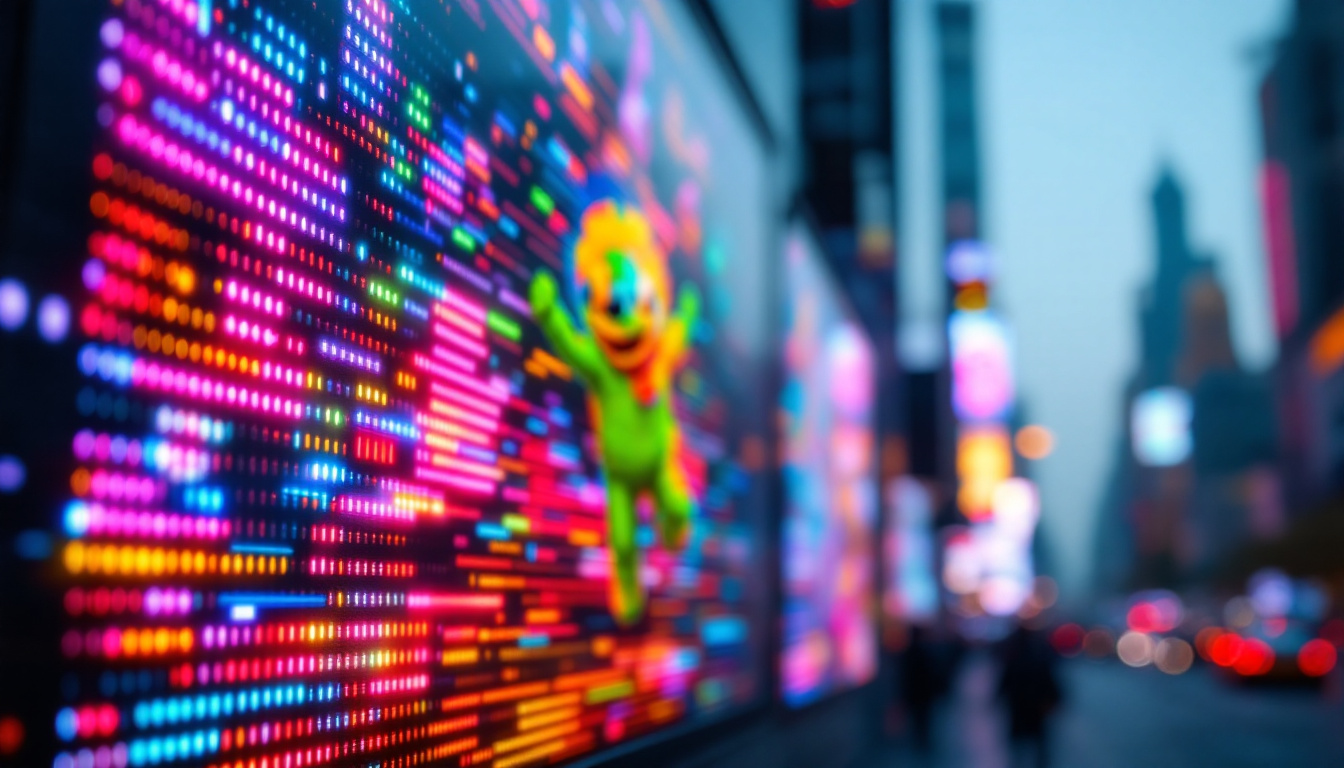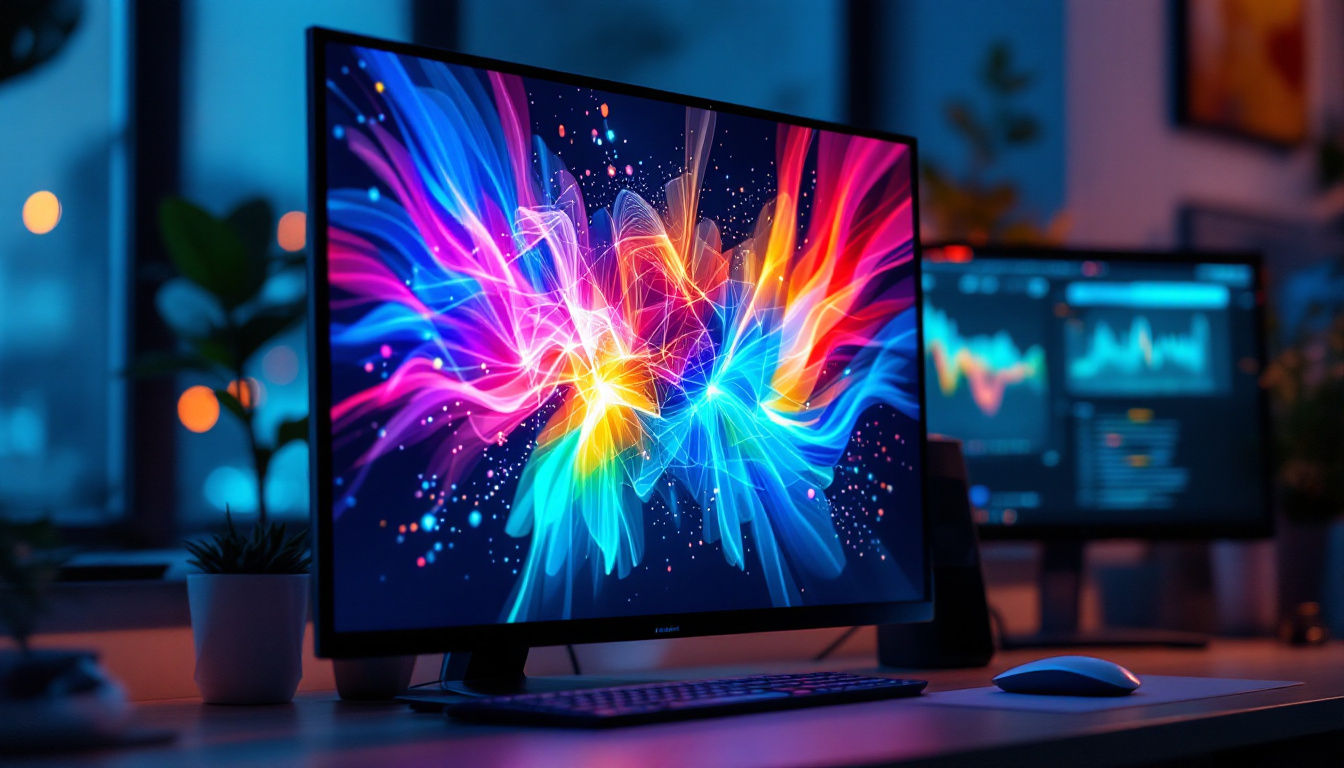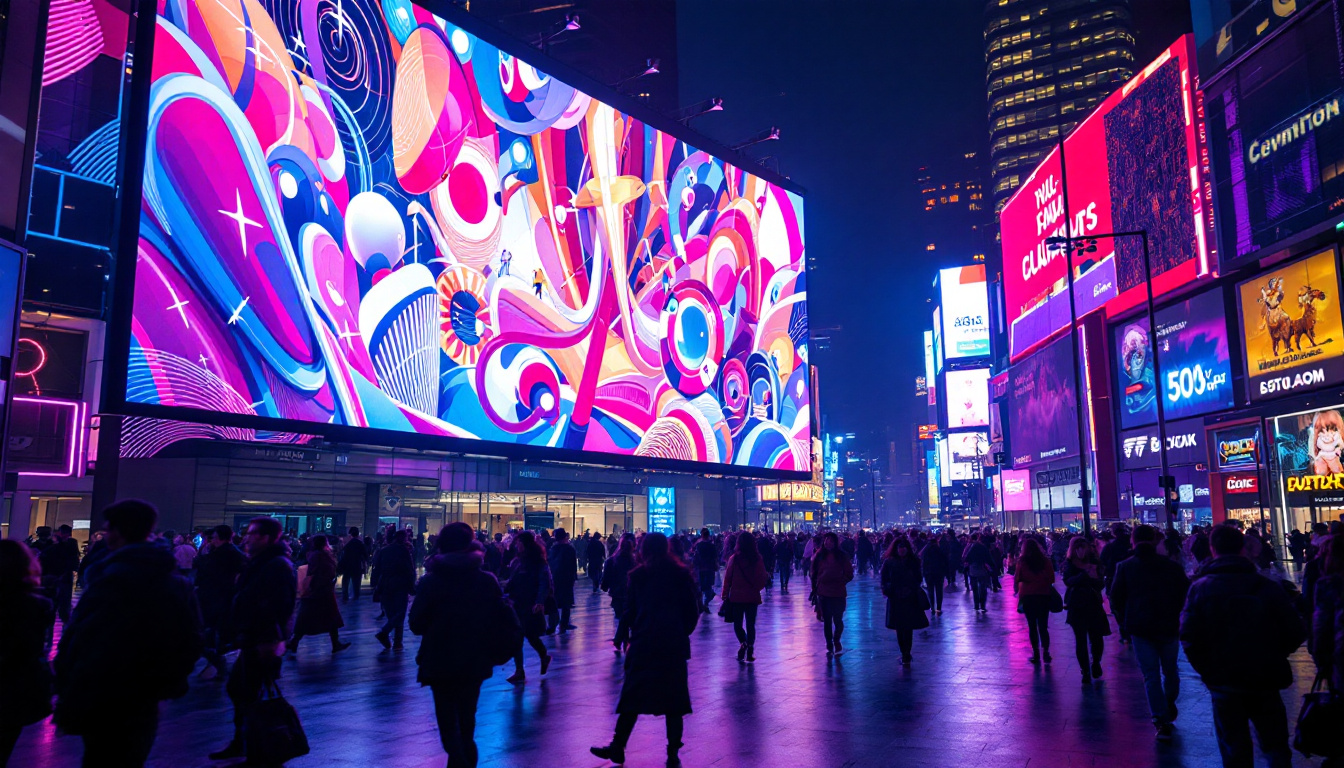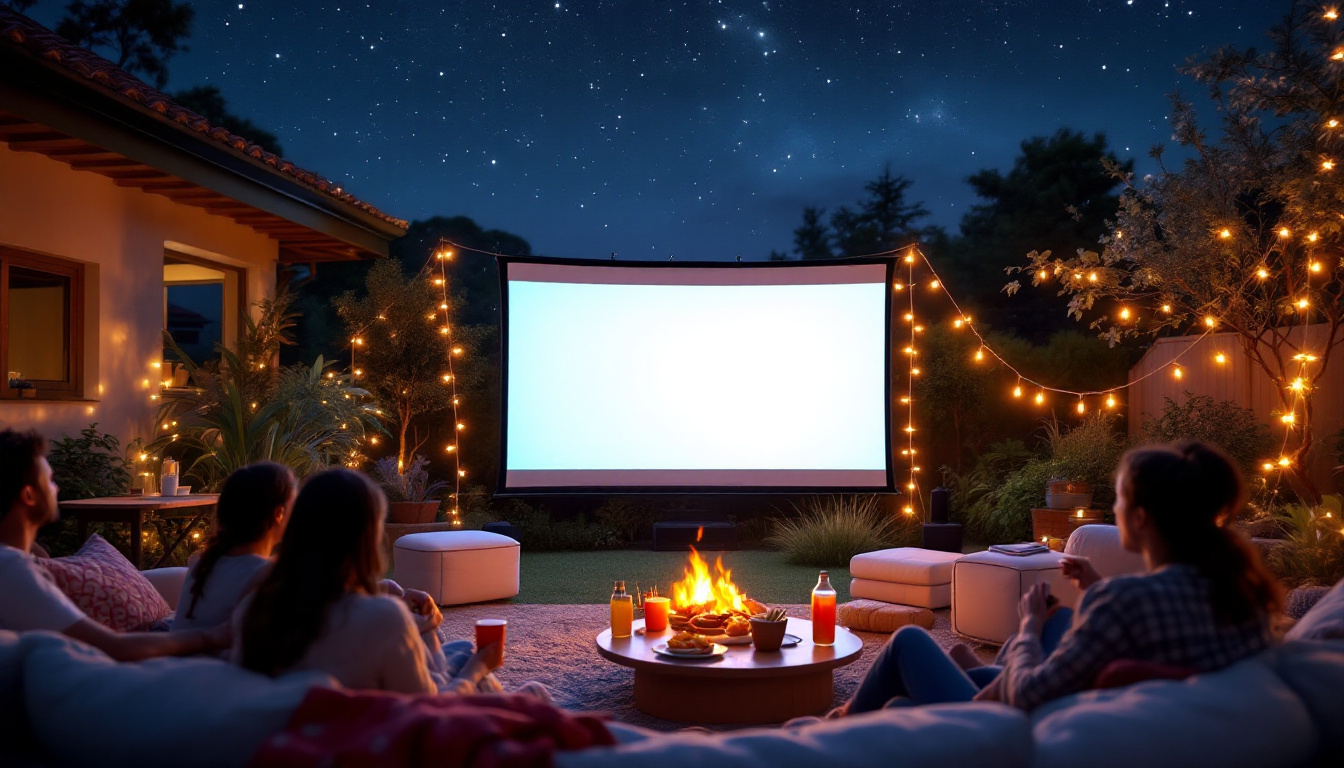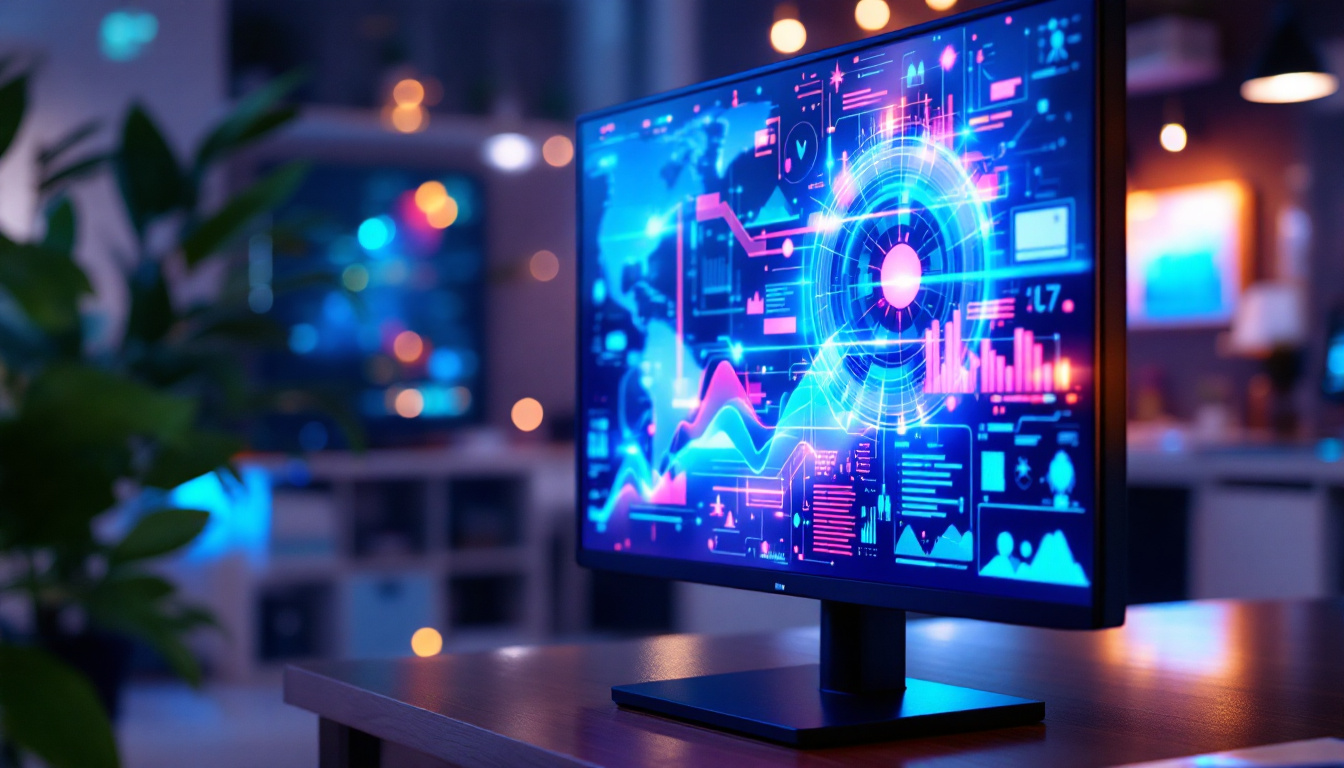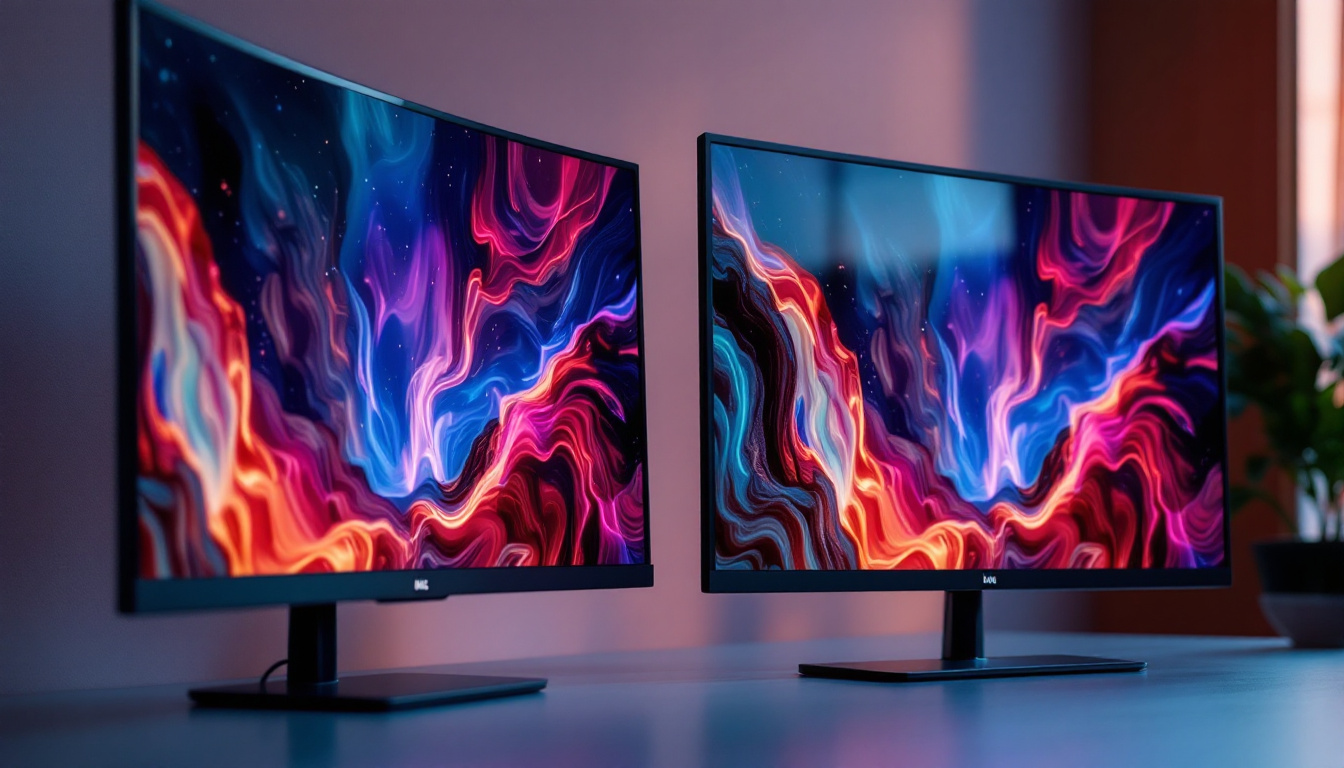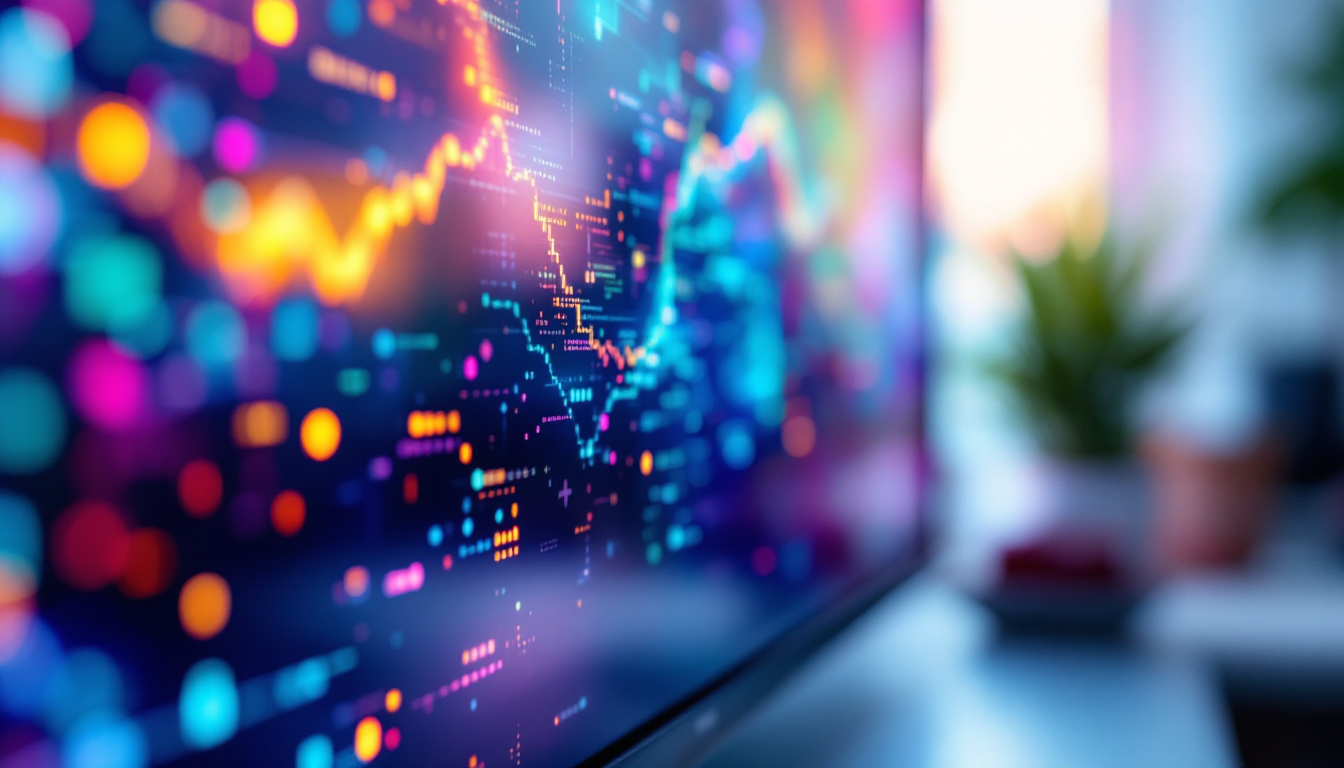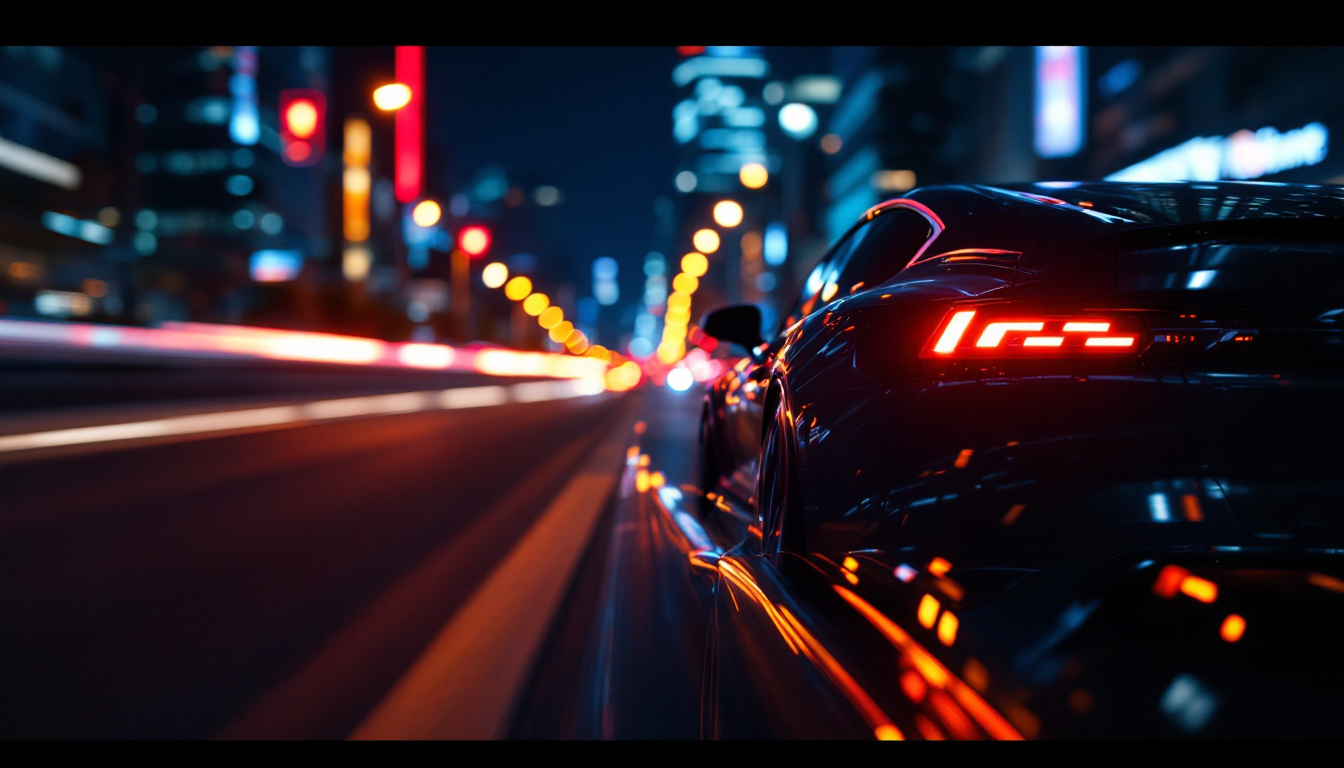In the realm of modern visual technology, LED projector screens have emerged as a revolutionary option for both home and professional use. As the demand for high-quality displays continues to grow, understanding the intricacies of LED technology becomes essential. This article delves into the mechanics of LED projector screens, their advantages, and their applications, providing a comprehensive overview for anyone interested in enhancing their viewing experience.
Understanding LED Technology
Light Emitting Diodes (LEDs) are semiconductor devices that emit light when an electric current passes through them. Unlike traditional projection methods that rely on bulbs, LED technology offers a range of benefits that make it a popular choice for projector screens. The longevity of LEDs, which can last up to 25,000 hours or more, far surpasses that of conventional bulbs, reducing the need for frequent replacements and maintenance. This durability not only saves costs in the long run but also minimizes environmental waste, making LEDs a more sustainable lighting option.
The Basics of LED Operation
LEDs function by electroluminescence, a process where electrons recombine with electron holes within the device, releasing energy in the form of photons. This results in a bright and vibrant display that can be finely tuned to produce a wide spectrum of colors. The compact size of LEDs also allows for more flexible design options, making them ideal for various screen sizes and formats. Furthermore, the efficiency of LED technology means that they convert a higher percentage of electricity into light, generating less heat compared to traditional lighting sources. This efficiency not only enhances performance but also contributes to energy savings, making them a preferred choice for both commercial and residential applications.
Types of LED Displays
LED displays can be categorized into several types, including direct-view LED, LED-backlit LCD, and OLED. Each type has its unique characteristics and applications. Direct-view LED screens are often used in large-scale displays, such as billboards and sports arenas, where high brightness and visibility are crucial. These screens can be assembled in modular formats, allowing for creative installations that can adapt to various environments. LED-backlit LCD screens are common in televisions and computer monitors, providing a balance between color accuracy and energy efficiency. On the other hand, OLED technology, known for its exceptional color accuracy and contrast, is increasingly being used in high-end displays. OLED panels offer deeper blacks and a wider viewing angle, making them ideal for cinematic experiences and professional graphic work. As technology continues to evolve, the integration of microLED and miniLED technologies is also emerging, promising even greater advancements in display quality and energy efficiency.
Advantages of LED Projector Screens
LED projector screens offer numerous advantages over traditional projection systems. These benefits not only enhance the viewing experience but also contribute to the longevity and efficiency of the technology.
Superior Brightness and Color Accuracy
One of the standout features of LED projector screens is their ability to produce superior brightness levels. This is particularly beneficial in environments with ambient light, where traditional projectors may struggle to deliver a clear image. LED technology also excels in color accuracy, providing a more vibrant and lifelike viewing experience. This is crucial for applications such as presentations, where color fidelity can impact the effectiveness of the message being conveyed. Furthermore, the enhanced contrast ratios available with LED screens allow for deeper blacks and brighter whites, creating a more dynamic visual experience that captivates audiences, whether in a boardroom or a home cinema setting.
Energy Efficiency and Longevity
LEDs are known for their energy efficiency, consuming significantly less power than traditional projector lamps. This not only reduces operational costs but also contributes to a lower carbon footprint. Additionally, LED projector screens have a longer lifespan, often lasting up to 50,000 hours or more, which means less frequent replacements and maintenance. The durability of LED technology also means that these screens are less susceptible to damage from heat, making them a reliable choice for extended use. This longevity translates into savings over time, as users can invest in high-quality equipment without the worry of frequent upgrades or replacements.
Versatility and Portability
Another advantage of LED projector screens is their versatility. They can be used in a variety of settings, from home theaters to corporate environments, and can easily adapt to different screen sizes and formats. Many LED projector screens are also lightweight and portable, making them ideal for on-the-go presentations or outdoor movie nights. The flexibility of these screens allows for quick setup and takedown, which is especially beneficial for traveling professionals or event planners. Additionally, some models come with features like adjustable aspect ratios and built-in speakers, further enhancing their usability across different scenarios. This adaptability ensures that whether you’re hosting a backyard film screening or delivering a critical business pitch, you can achieve the best possible visual impact with minimal hassle.
Applications of LED Projector Screens
The versatility of LED projector screens allows them to be utilized in a wide range of applications, each benefiting from the unique features of LED technology.
Home Entertainment
For home theater enthusiasts, LED projector screens provide an immersive viewing experience that rivals traditional cinema. With their high brightness and color accuracy, these screens enhance movie nights, gaming sessions, and sports events. The ability to project large images on a screen allows for a more cinematic experience, transforming any living room into a personal theater.
Corporate Presentations
In the corporate world, effective communication is key. LED projector screens facilitate impactful presentations by delivering sharp images and vibrant colors that capture the audience’s attention. Whether in a boardroom or at a conference, the clarity of an LED display can make complex data more digestible and engaging.
Educational Settings
educational institutions are increasingly adopting LED projector screens for classrooms and lecture halls. The enhanced visibility and clarity of these screens aid in teaching and learning, allowing educators to present information in a dynamic and interactive manner. Additionally, their durability and low maintenance make them a cost-effective solution for schools.
Choosing the Right LED Projector Screen
When selecting an LED projector screen, several factors should be considered to ensure that the chosen model meets specific needs and preferences.
Screen Size and Aspect Ratio
The size of the screen is one of the most critical factors. It should be proportional to the space where it will be used. For home theaters, larger screens may be preferable to create an immersive experience, while smaller screens may suffice for corporate or educational settings. Additionally, the aspect ratio—whether 16:9 for widescreen or 4:3 for traditional formats—should align with the content being displayed.
Resolution and Brightness
Resolution is another important consideration. Higher resolutions, such as 4K, provide sharper images and are ideal for detailed content like movies and presentations. Brightness, measured in lumens, is crucial for ensuring visibility in various lighting conditions. A higher lumen rating is beneficial for environments with ambient light.
Installation and Portability
Depending on the intended use, the installation process can vary. Some LED projector screens are designed for permanent installation, while others are portable and easy to set up. Consideration should be given to the ease of installation and whether the screen will be moved frequently. Portable options are ideal for those who require flexibility in their viewing arrangements.
Maintenance and Care for LED Projector Screens
Maintaining LED projector screens is relatively straightforward, but proper care can extend their lifespan and ensure optimal performance.
Regular Cleaning
Dust and dirt can accumulate on the screen surface, affecting image quality. Regular cleaning with a soft, lint-free cloth is recommended. For more stubborn stains, a mild cleaning solution can be used, but it is essential to avoid harsh chemicals that could damage the screen.
Proper Storage
If the projector screen is portable, proper storage is crucial. It should be kept in a protective case when not in use to prevent scratches and damage. Additionally, storing the screen in a cool, dry place can help maintain its integrity over time.
Future Trends in LED Projector Screen Technology
The landscape of LED projector screens is continually evolving, with advancements in technology paving the way for even more impressive displays.
MicroLED Technology
MicroLED technology is one of the most exciting developments in the field of display technology. This innovation involves using tiny individual LEDs to create images, allowing for greater flexibility in screen size and shape. MicroLED displays promise even higher brightness levels, improved color accuracy, and better energy efficiency, making them a potential game-changer for projector screens.
Integration with Smart Technology
As smart technology becomes increasingly prevalent, the integration of LED projector screens with smart devices is on the rise. This allows for seamless connectivity with smartphones, tablets, and computers, enhancing the user experience. Features such as wireless streaming and remote control capabilities are becoming standard, making it easier to share content and manage presentations.
Conclusion
LED projector screens represent a significant advancement in display technology, offering numerous advantages over traditional projection methods. With their superior brightness, color accuracy, and energy efficiency, they are well-suited for a variety of applications, from home entertainment to corporate presentations. As technology continues to evolve, the future of LED projector screens looks promising, with innovations like MicroLED and smart integration on the horizon. Understanding the features and benefits of LED projector screens can help consumers make informed decisions, ensuring they choose the best option for their needs.
In an age where visual communication is paramount, investing in quality display technology is essential. LED projector screens not only enhance the viewing experience but also provide a versatile solution for various environments. Whether for personal enjoyment or professional use, LED projector screens are poised to transform the way content is presented and experienced.
Discover the Future of Visual Experience with LumenMatrix
Ready to elevate your visual experience with the latest in LED display technology? Look no further than LumenMatrix, a pioneer in creating immersive and dynamic visual solutions. From the comfort of your home to the excitement of a sports arena, our extensive range of LED display modules—including Indoor and Outdoor LED Walls, Vehicle Displays, LED Posters, Sports Displays, and more—ensures that every message stands out with unparalleled clarity and impact. Embrace the future of visual communication today and check out LumenMatrix LED Display Solutions to see how we can transform your space into a captivating visual spectacle.

